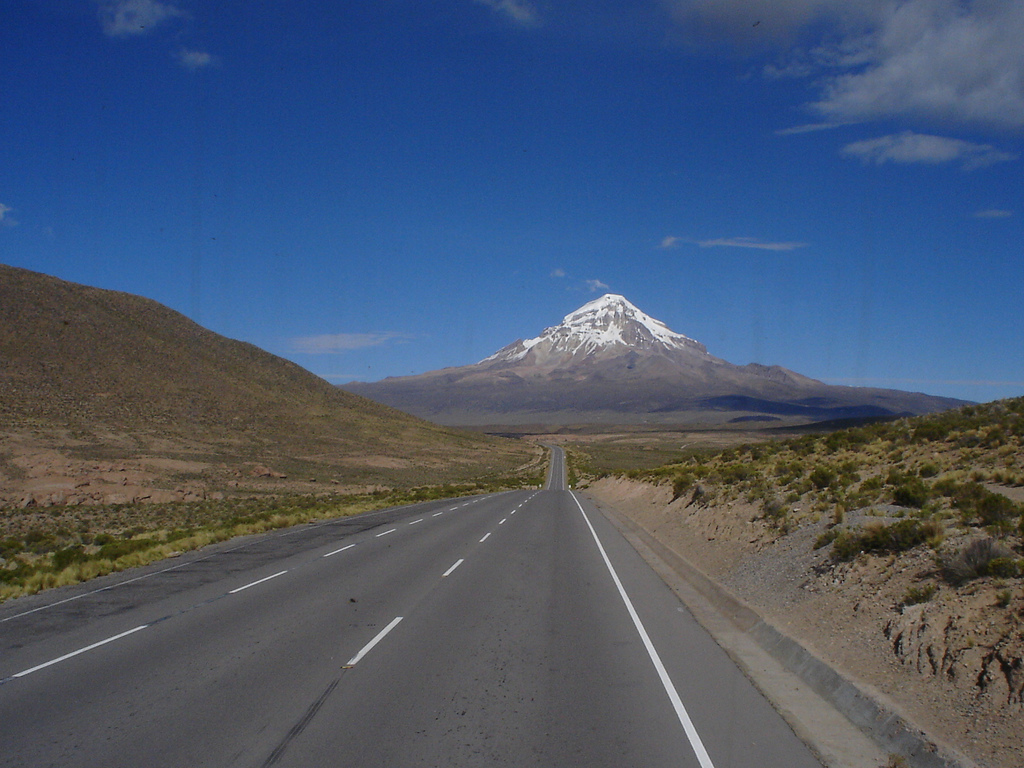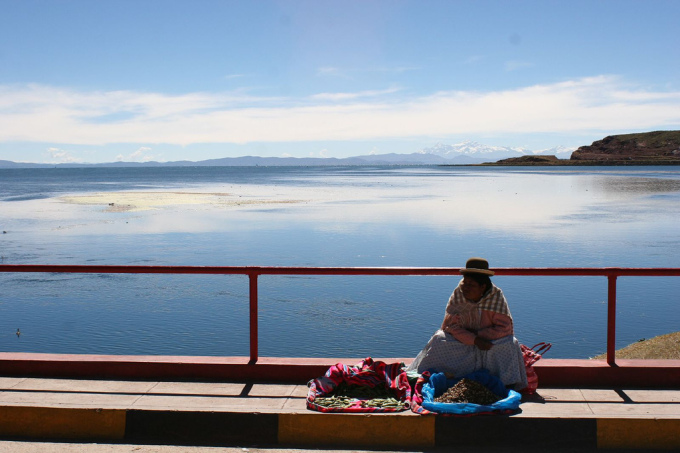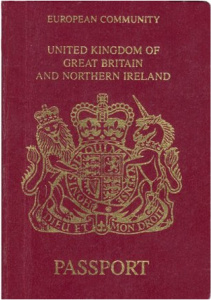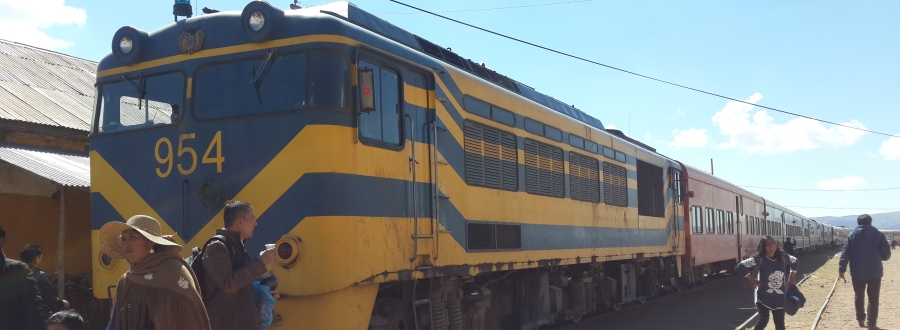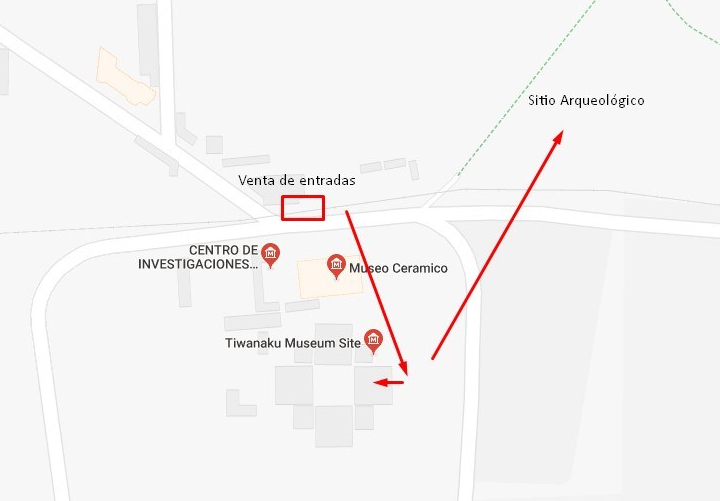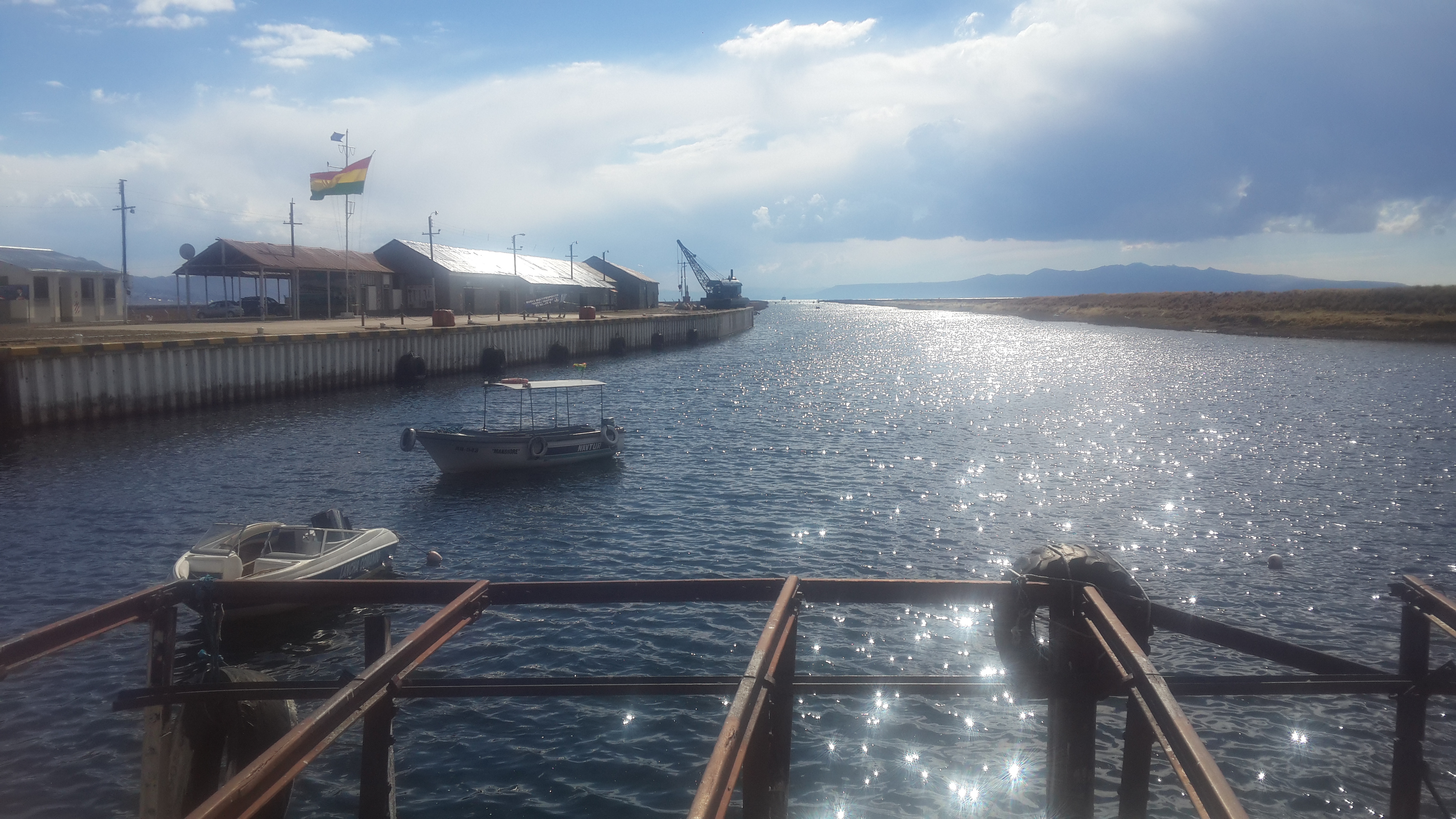
By Bus
The most popular and easy way of traveling in Bolivia is by bus. Because of the country’s size and road conditions it can take over 7 hours to do less than 400 kilometers. Tickets can be purchased the very same day directly at the bus terminal but for travelers coming from abroad and trying to plan ahead their journey, it is now possible to book in advance online bus tickets with Tickets Bolivia.
Traveling in Bolivia is generally safe but can be quite unreliable, especially during the rainy season and public holidays. Some buses are not necessarily well-maintained, causing discomfort, breakdowns and delays and there are reports of drunk drivers. For this reason it is essential to travel with the safest and most reliable bus companies.
Also when booking a bus, travelers will have a choice of seats: Bus normal, Bus Semi-Cama or Bus Cama (sometimes referred to as Bus Leito). Normal buses don’t usually have toilets on boards and don’t really offer much leg space. Semi-Cama buses usually recline up to 140°, have 4 rows of seats, heating but not necessarily toilets. Cama buses should recline up to 170°, have 3 rows of seats, toilets on board, heating and AC.
It’s also important to know that roadblocks, marches, protests and special days can affect your journey. Roadblocks can last a few hours but sometimes it can last up to a few days. In these cases there is not much the bus driver can do, and one must just be patient if no other alternative is provided.
TIPS
- Always bring layers. The best bus companies usually have blankets for passengers, but temperatures in the Bolivian altiplano can be very cold, especially in July-August, and, if the heating doesn’t work, it can go as low as -15°C at night.
- Bring snacks and water: Long distance buses always stop at least once, and some companies let vendors jump in the bus to sell snacks but it’s better to come prepared in case of any unexpected delay.
- Where to seat: The back of the bus is the bumpiest and some roads are not paved. If you are prone to travel-sickness, better to avoid it and stay in the front of middle of the bus.
- Plugs and WiFi: Even if advertised, it’s extremely unlikely that buses have WiFi, as most of the countryside doesn’t have phone service and very few buses in Bolivia are equipped with USB or plugs.
IMPORTANT: Bus terminals in Bolivia will ask passengers to pay for a small terminal tax called usually: Uso de Terminal. It usually costs Bs 2-2,50 and needs to purchased before boarding the bus. That fee is not included in your bus ticket.
For the best and most reliable bus companies, book your bus online here with Tickets Bolivia.

By Train
If you plan to travel to Bolivia, one of the safest and most comfortable options is to do it by train. It’s also an efficient way to connect to one of the country’s most popular tourist destinations: the Salar de Uyuni.
Traveling by train offers many advantages. It’s a comfortable and environment-friendly, and it can help avoid road blockades and other issues that may arise with bus travel. There are two train companies in Bolivia which offer train service: Ferroviaria Andina in the west of the country and Ferroviaria Oriental who covers routes from Santa Cruz to Puerto Quijarro and Yacuiba.
The most popular train route is from Oruro to Villazon, which goes via Uyuni:
| 1 | Expreso del Sur | Oruro – Uyuni Uyuni – Villazon | Tues/Fri 14:30 Hrs Tues/Fri 21:40 Hrs |
| 2 | Villazon – Uyuni Uyuni – Oruro | Wed/Sat 15:30 Hrs Wed/Sat 23:50 Hrs | |
| 3 | Wara Wara del Sur | Oruro – Uyuni Uyuni – Villazon | Wed/Sun 19:00 Hrs Mon/Thu 2:50 Hrs |
| 4 | Villazon – Uyuni Uyuni – Oruro | Mon/Thu 15:30 Hr Tue/Fri 1:45 Hrs |
- For the most up-to-date information on routes and schedule of Ferroviaria Andina visit http://www.fca.com.bo/
- For the most up-to-date information on routes and schedule of Ferroviaria Oriental visit http://www.fo.com.bo
TIPS
- Make sure to be at the train station at least 30 minutes before departure.
- Train tickets are in high demand all year long, but especially in the months of July-August and December-February. Book in advance in order to guarantee your trip!
- Buy your tickets online right here: https://www.ticketsbolivia.com/
- The Uyuni-Villazon section of the railway is currently under repair but a bimodal service (Bus+Train) will be made available from 15 December 2018 to 30 January 2019. The full service will reopen later in 2019.
By Plane
The fastest way to travel in Bolivia is by plane. There are three Bolivian airlines that cover most cities in the territory:
Others
It is possible to rent a car to travel; prices for one-day rental start at USD 50-100.
You can also take local minibuses for trips under 4 hours but be aware that they don’t follow a schedule and leave when they are full. These minibuses don’t usually leave from the main bus terminal and have alternate departure points throughout the city. They make regular stops to pick and drop passengers along the way.



